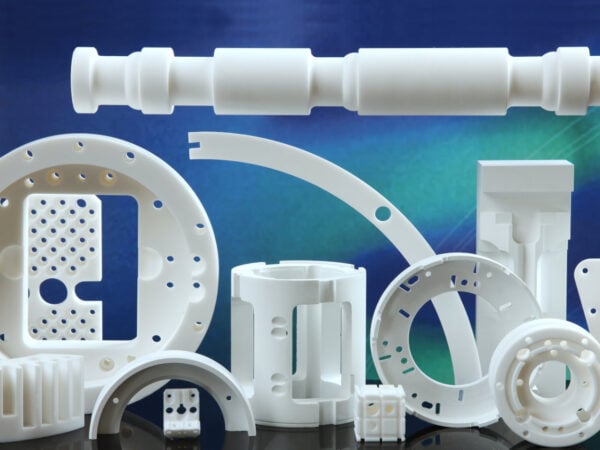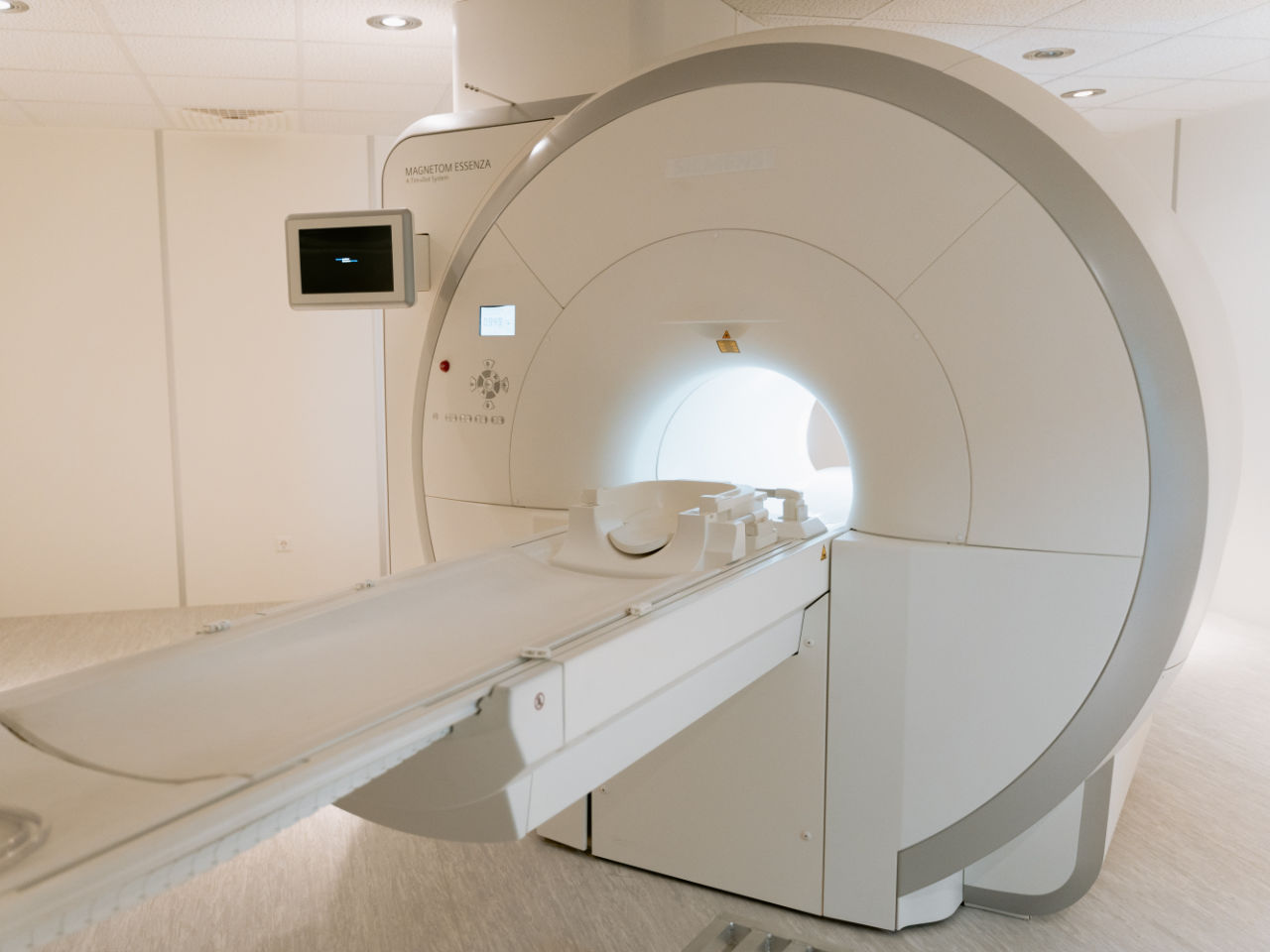Ceramics & Electromagnetism – The Use of Specialist Ceramics in MRI Systems …
It’s a well-known fact that ceramics are amongst the most electrically insulating materials known. Strangely enough they can also be the most electrically conducting.
Over the years, the discovery of high temperature ceramic superconductors has changed superconductivity from an interesting curiosity into a useable technology with significant applications in the medical and transportation fields.
In an earlier blog – Ceramics & Electromagnetism – in March 2014, we featured the development and use of high temperature ceramic superconductors in MagLev Trains onto which you can now board and speed off to your destination at more than 300 mph. The magnets that levitate these trains are an application of superconductivity. In a follow up blog, we focus on the same superconductive technology in MRI Systems.
Magnetic resonance imaging
Magnetic resonance imaging (MRI) has become a common and important life-saving diagnostic tool in recent times and is used in radiology to investigate the anatomy and physiology of the body in both health and disease. MRI scanners use strong magnetic fields and radio waves to form images of the body. The technique is widely used in hospitals for medical diagnosis, staging of disease and for follow-up without exposure to ionizing radiation.
MRI scanners vary in size and shape and some newer models have a greater degree of openness around the sides. This said, the basic design is the same and the patient lies on a moveable table within a tube that is about 600mm in diameter.
Superconductivity
The biggest and most important component of an MRI system is the magnet, an incredibly strong superconducting magnet capable of producing a large, stable magnetic field and running from the front to the back of the tube.The strength of the magnet in an MRI system is rated using a unit of measure known as a tesla. Another unit of measure commonly used with magnets is the gauss (1 tesla = 10,000 gauss). The superconducting magnets in use today in MRI systems create a magnetic field of 0.5-tesla to 2.0-tesla, or 5,000 to 20,000 gauss. When you consider that the Earth’s magnetic field measures 0.5 gauss, you can comprehend how powerful these magnets are. Superconducting magnets consist of many coils or windings of wire through which a current of electricity is passed, creating a magnetic field of up to 2.0 tesla. Maintaining such a large magnetic field requires a good deal of energy, which is accomplished by superconductivity or reducing the resistance in the wires to almost zero. To achieve this the wires are continually bathed in liquid helium at -269.1°C. However, with the advent of highly sophisticated ceramic compounds such as Yttrium Barium Copper Oxide that exhibit superconductivity at temperatures as high as -145ºC, the materials need only to be cooled with liquid nitrogen which is far less expensive than liquid helium.
While superconductive magnets are expensive, they produce a strong and uniform magnetic field inside the patient’s body which allows for the highest-quality imaging – and superconductivity keeps the system economical to operate.
It has to be said that the highly specialist ceramics used in MRI Scanners are a far cry from the technical ceramics which form the backbone of the Precision Ceramics business. Just the same, their application is equally important which can be clearly seen from the ever-widening field of applications in which they find particular use.
Further Developments
And so the story continues … From the dawn of time in Ancient Greece through the early pioneers of pottery to the highest performance ceramics now available to man, ‘Ceramic Engineering’ continues to shape the world around us in in many aspects of our everyday lives.
Related Topics

Medical Industry
In medical research it is vital that the products used are reliable as the slightest variation in accuracy is unacceptable and ceramics are known for their reliability and consistency in applications.

Materials
Precision Ceramics offers a wide range of advanced ceramic materials. We can help with the engineering tolerances, design for manufacture, selection of the materials and application environment questions.





